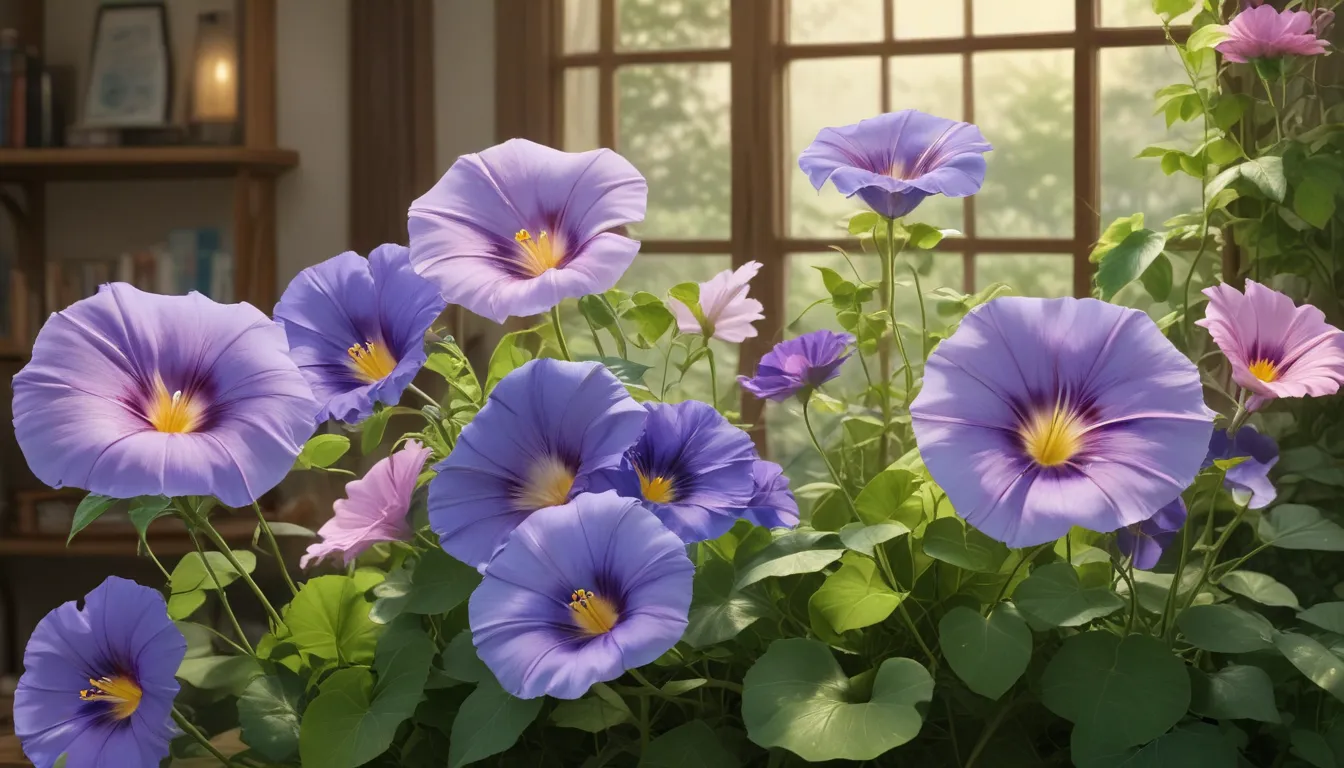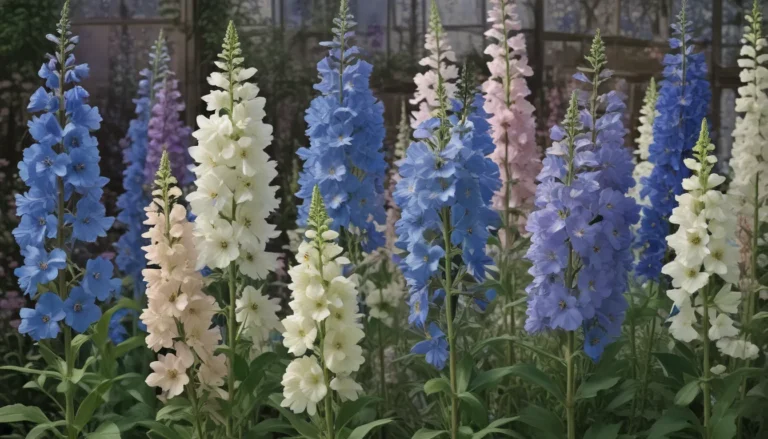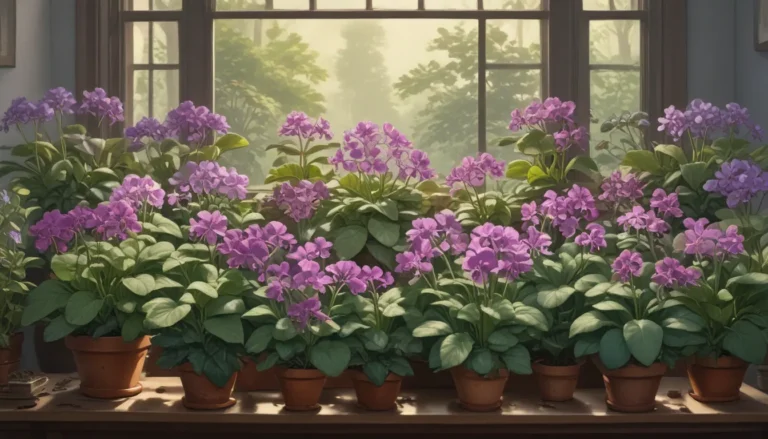Morning Glory Flowers: A Complete Guide

If you’re a fan of ornamental flowers that are easy to grow and tolerant of various conditions, then you’ll love the common morning glory. This voracious grower is known for its wide blooms that open in the morning, only to wilt by the afternoon. Whether you’re looking for a groundcover or a trellis plant, morning glories are a favorite among gardeners everywhere.
In this comprehensive article, we’ll explore the world of morning glory flowers, including their origins and historical significance in horticulture. But most importantly, we’ll delve into the nitty-gritty of how to plant and grow morning glories successfully so that you can enjoy their beauty to the fullest.
How to Grow Common Morning Glory
Before we dive into the details, let’s take a moment to appreciate the fascinating history and cultural significance of morning glories:
- An Icon for Artists and Writers: Morning glories have been immortalized in art, poetry, literature, and folklore by prominent figures like Georgia O’Keeffe and Walt Whitman.
- Medicinal and Ritual Use: From laxatives to hallucinogens, morning glories have a rich history of medicinal and ritualistic uses across different cultures.
- Growing Conditions: Morning glories are resilient plants that can thrive in various soil types, making them an excellent choice for both seasoned and novice gardeners.
Planting Tips for Success
When it comes to planting morning glories, here are some essential tips to keep in mind:
- Direct Sow Seeds: Morning glory plants are vigorous growers, so it’s best to sow seeds directly into the desired growing area rather than transplanting seedlings.
- Watering Requirements: While morning glories are relatively low-maintenance, they do need regular watering, particularly during periods of drought.
- Annual or Perennial?: Although morning glories are often grown as self-seeding annuals, they can behave like perennials in warm climates, reseeding themselves for the next growing season.
Recommended Varieties
If you’re in search of classic sky blue morning glory flowers, consider the heirloom variety ‘Heavenly Blue,’ known for its stunning blooms with a white and yellow center. For more variety recommendations, check out our guide to 15 morning glory cultivars.
Pests, Diseases, and Common Issues
Despite their resilience, morning glory plants can still fall victim to pests, diseases, and environmental stressors. Here are some common problems to watch out for:
- Fungal Diseases: Black rot and rust can occur if the plants are overwatered or lack proper air circulation. Copper fungicides can help control these issues.
- Pest Infestations: Keep an eye out for Japanese beetles, spider mites, aphids, and leafminers, which can damage morning glory vines. Hand-picking pests is often recommended over chemical control.
- Sunscald and Ozone Damage: Excessive sun exposure can lead to sunscald and ozone damage, causing bleached and faded leaves. Providing some shade and avoiding polluted areas can help prevent these issues.
Growing Morning Glory in Your Garden
If you’re considering adding morning glory to your garden, here are some final thoughts to keep in mind:
- Planting Companions: Morning glories thrive alongside plants like Virginia stock, balloon flowers, and Gaillardia, which also do well in poor soil conditions.
- Maintenance Tips: While morning glories are relatively low-maintenance, occasional pruning and monitoring for pests and diseases can help keep your plants healthy and thriving.
- Share Your Experience: If you have a story or memory of growing morning glories in your garden, we’d love to hear from you. Share your experiences in the comments below!
In conclusion, morning glories are not just beautiful flowers; they’re a symbol of resilience, beauty, and the fleeting nature of life itself. By following the tips and guidelines outlined in this article, you can cultivate a stunning display of morning glory flowers in your own garden. Stay tuned for more informative articles on gardening and plant care. Happy gardening!





